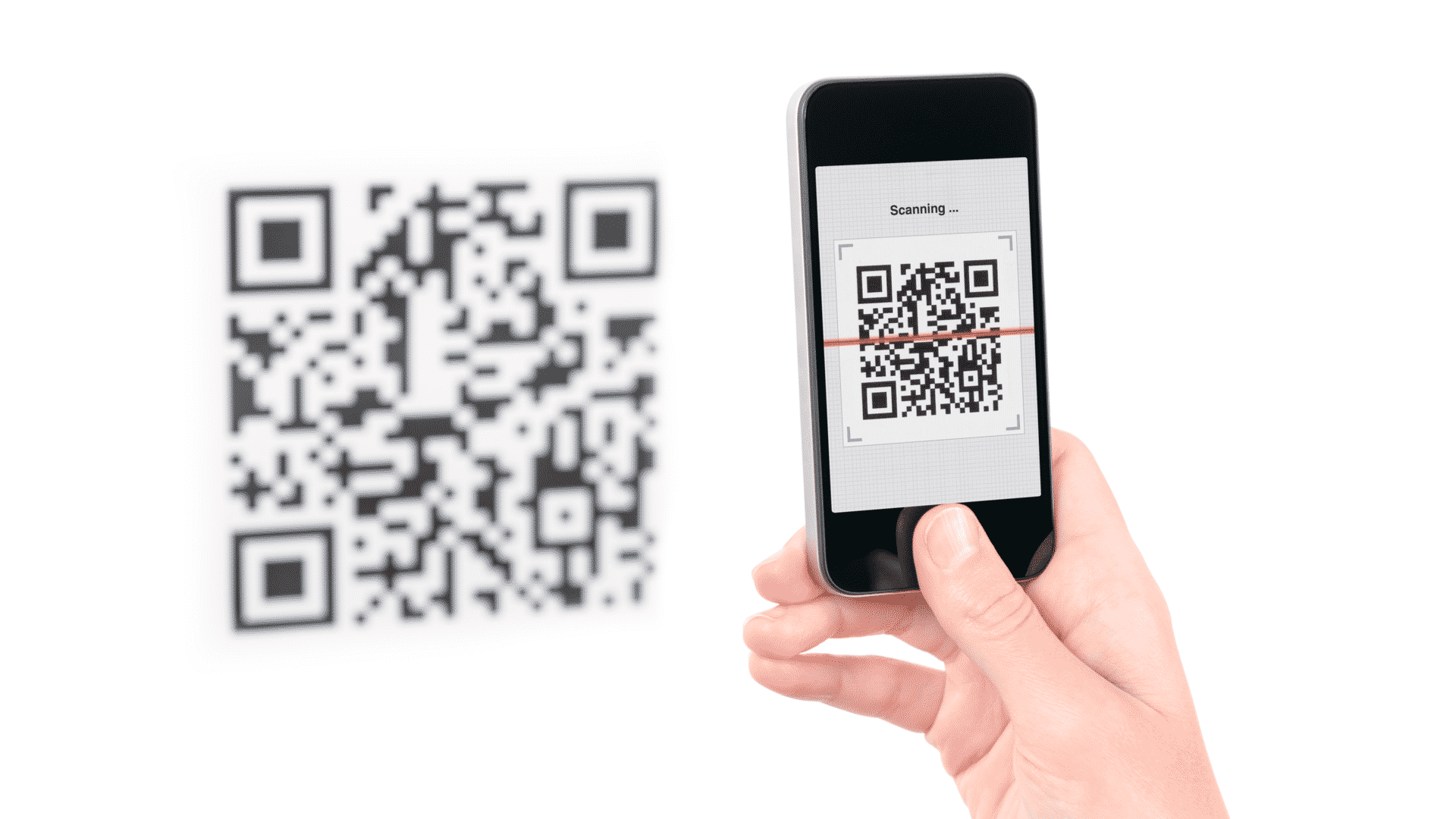The way that marketers are using QR codes in advertising has changed with the evolving media landscape, so a refresh of QR code strategies is due.
QR codes have been around for years, but they’re proving to be even more effective in engaging consumers across channels. That’s because audiences watching TV in groups for big events like the recent Super Bowl are sitting there with phones in hand, ready to take action. They google an actor or athlete that they see, or they’re checking what’s trending on social while keeping one eye on the bigger screen.
For marketers, this means they have to have a more refined strategy with clear goals and calls to action.
Call to action and performance tracking
“Two things matter most when using QR codes in marketing on television or other channels — the placement must be action oriented and trackable,” said Robert Glazer, founder and chairman of Acceleration Partners and co-author of Moving to Outcomes.
It’s not enough to simply post one of those boxy codes on an ad or a TV screen and hope consumers get the point. They need a good reason to scan the QR code and follow through on their phones.
Read next: CTV and cross-channel advertising in 2022
“You need to have a clear call to action so that someone wants to use the QR code when they see the ad,” said Glazer. “You also want the QR code to be tied to a tracking link so that you can measure how many conversions are actually driven by the code. This opens up the opportunity for commission-based partnerships in the future.”
Did Coinbase use an effective strategy or did they lose the Super Bowl?
In a one-minute spot that ran during Super Bowl LVI, cryptocurrency app Coinbase included a QR code with a call to action and special offer. The number of football watchers who scanned the code crashed the company’s site within seconds.
While this might sound like a big fail, Glazer pointed out that Coinbase followed a sound strategy in the execution of the campaign. After all, they recovered quickly from the influx of traffic and gained a lot of attention for the ad, as well as for the unexpected surge in visitors to their landing page.
“Coinbase’s recent Super Bowl ad is a perfect example of this strategy,” said Glazer. “Their commercial had a clear action viewers were supposed to take, and they could measure exactly how many people used the code.”
Test and learn with QR codes on CTV using scan rates
Another important tool for marketers when using QR codes is the ability to measure scan rates, as well as varying the calls to action.
“QR codes are still fairly new but having ‘scan rate’ reporting provides directional indication of engagement and attention in a similar way that CTR does for digital ads,” Curt Larson, CPO at omnichannel SSP Sharethrough. One sign of the increased attention in QR codes is that the company recently launched a new CTV Dynamic QR Codes product.
Get the daily newsletter digital marketers rely on.
Also, the QR codes don’t have to be used across the board on all channels.
“As with CTR, scan rate is one indication of success, but consider running other types of campaign studies alongside your QR campaigns,” Larson explained.
The important thing is that marketers are learning as much as they can when executing campaigns using QR codes.
Changing creative and messaging in QR code campaigns
Scan rates can improve QR code campaigns by changing the messaging and value offers, according to Larson. For instance, marketers can try discounts as an incentive for getting their audience to scan the codes (after all, that’s what Coinbase did with their ad).
Coupons and free trials are also offers that will increase the value and entice viewers to scan.
Larson added, “Testing different calls to actions, colors, and creatives can paint an overall picture of what is performing best.”
Using QR codes communicates to viewers that there’s something more to learn about the brand, and using this technology in campaigns adds layers of engagement that draw attention to the ad, even before the consumer actually scans the code.
“TV ads with QR Codes are shown to increase attention versus ads without QR codes,” said Larson. “So even getting viewers to pick their heads up from their phone and pay attention can increase the effectiveness of your brand message.”
QR codes can also incorporate brand colors, or even the logo, to reinforce the brand message.
Using QR codes on CTV vs. other channels
Marketers should keep in mind that QR codes that appear on CTV ads provide a different experience in some ways than in ads on different channels.
“The main difference of CTV QR Codes versus out-of-home or print is that you have limited time to scan a QR code on TV,” said Larson. “So grabbing attention and having a clear call to action is even more important.”
QR codes should only be used on TV ads that are at least 15 second because otherwise consumers won’t have enough time to identify the QR code and aim their phone at the screen to engage.
The advantage of using a QR code in a CTV ad is that it provides more attribution for the TV campaign, when marketers are evaluating the success of their ads and refining future campaigns.
“Scans of QR codes provide a clearer path to attribution than TV ads have ever had,” said Larson. “Even low scan rate CTV ads will still provide brands with some level of attribution metrics to track how users engage with their site.”




















You must be logged in to post a comment Login